Patron saint of the Universal Church, workers, carpenters, families, fathers, a happy death, seminarians, Canada, expectant mothers, travelers, immigrants, house hunters and sellers and much more. Sound familiar? Of course, it’s St. Joseph.
The feast of St. Joseph the Worker is celebrated on May 1st and although it may be lesser known than the March 19th feast, it’s still a great day to rejoice and learn more about this powerful patron, husband of Mary and earthly father of Jesus Christ.
Fathom Events presents A Father’s Heart with a two-night showing of a new documentary on St. Joseph. May 1st the film will be presented in English and May 2nd features the Spanish language version.
Written by Josepmaria Anglés and Andrés Garrigó (who also directs), A Father’s Heart takes audiences all over the globe to document Catholicism’s devotion to St. Joseph and hear the stories of those who have experienced miracles and life-changing moments through his intercession.
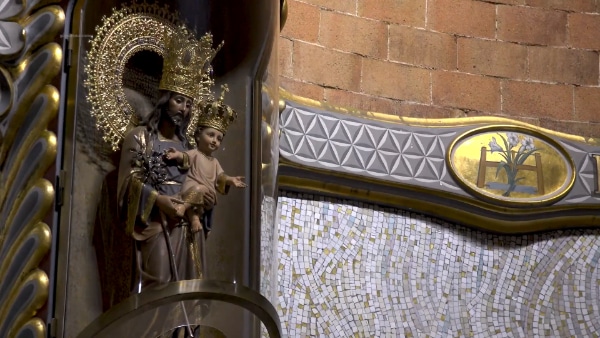
The film begins in the south of France, the town of Cotignac, where in 1660, St. Joseph appeared to a shepherd who was exhausted and thirsty from the heat. He met a man who told him he could find water underneath the big rock nearby. Amazed that he was able to move the rock, the shepherd was able to quench his thirst.
The miraculous fountain exists to this day and the shrine of St. Joseph in Cotignac remains a destination for many pilgrims. There’s a whole group of people considered “Contignac babies,” whose parents prayed for them on their pilgrimage to the shrine.
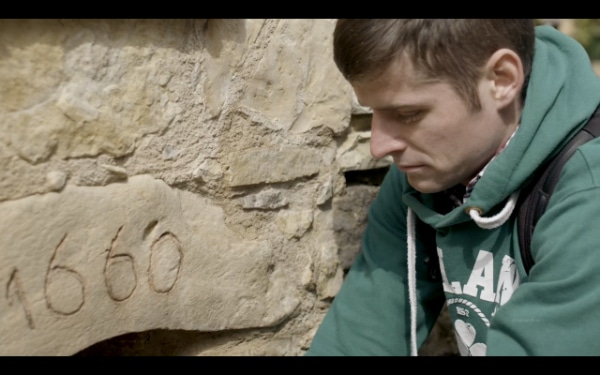
In Barcelona, Spain, the Church of Sagrada Familia has been under construction since it’s foundation stone was laid on March 19, 1882. Although it’s dedicated to the Holy Family, it’s also been connected to devotion to St. Joseph. When finished, it would become the tallest Catholic Church in the world.
Also in Barcelona is St. Joseph up on the Mountains. It’s a sanctuary founded by Blessed Petra of St. Joseph who witnessed several apparitions of Joseph. Years later a woman who arm was going to be amputated left a written letter of petition next to the statue of St. Joseph. When the doctors cancelled her amputation, she ran with joy to the sanctuary. A tradition began there. People write their letters to St. Joseph and place them in a special urn. Pablo Alejandre has written many letters to St. Joseph. He explains that the collected letters are burned on St. Joseph day, March 19th, and the rising smoke is a symbol of prayers going to St. Joseph.
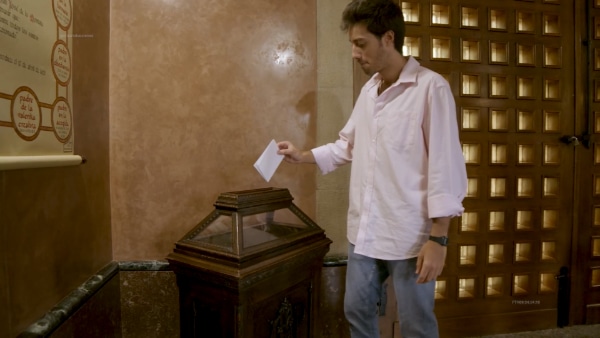
The largest shrine in the world is dedicated to St. Joseph, the Oratory of St. Joseph in Montreal, Quebec, Canada. Brother André Bessette, now Saint André, was given the task of porter at the College of Notre Dame. While there he ministered to many, especially the sick, and recommended devotion to St. Joseph to everyone. Desiring to see St. Joseph honored, he petitioned to build a chapel in 1904. Then, in 1924, the construction of St. Joseph Oratory began near the original chapel.
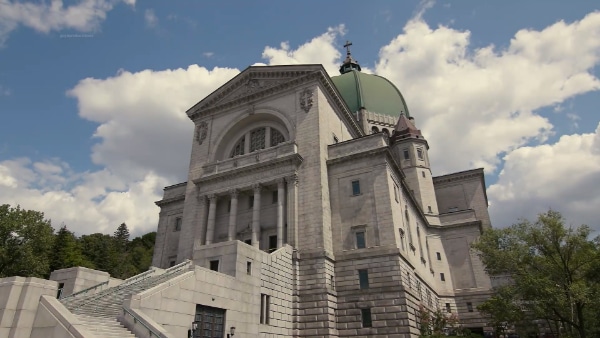
It’s not only big, well-known shrines that receive attention in the film, but smaller ones in places one might not expect, like Georgia, Stalin’s homeland. It was there that a French missionary, Father Pierre Dumoulin, who served 20 years in the former Soviet Union, founded a seminary. He also wanted to build a church to honor St. Joseph but the government didn’t allow the Church to build anything new. So he asked if he could rebuild an old church. When he visited the ruins, he prayed to St. Joseph. He told his tour guide, “One day there will be a church here and you will come to celebrate Mass!” Father Dumoulin says that St. Joseph solved everything! Despite the government’s reluctance, the church was built and the guide became a priest and celebrated Mass there.
A Father’s Heart is not just a film about shrines, however. It’s about people whose lives have been changed through devotion to St. Joseph. Take Elena Pilar, for example. She’s an artist who fell away from her faith. When she was commissioned to sculpt a statue of St. Joseph for the church built on the ruins of Joseph’s home in Nazareth, the priest asked her to take a pilgrimage to the shrine. She felt like she wasn’t the right person to do this work after witnessing the faith of her fellow pilgrims. She didn’t believe in St. Joseph’s intercession. She did pray, however, and sincerely asked St. Joseph, “Tell me how to shape you,” and she received inspiration for a beautiful statue of St. Joseph.
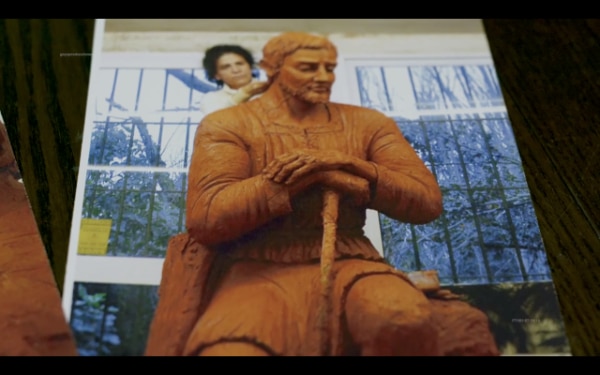
The film tells many other stories that are sure to inspire audiences to turn to St. Joseph in their needs. Father Donald Calloway, author of “Consecration to St. Joseph,” says that his favorite title of St. Joseph, mentioned in the litany, is “terror of demons,” because he was totally pure. The devil doesn’t know what to do with that kind of purity. He mentioned that exorcists such as Father Gabriele Amorth, have said that the two saints the devil most fears after Mary are St. Joseph and St. Therese of the Child Jesus because they are humble saints, opposite of the devil who is father of pride.
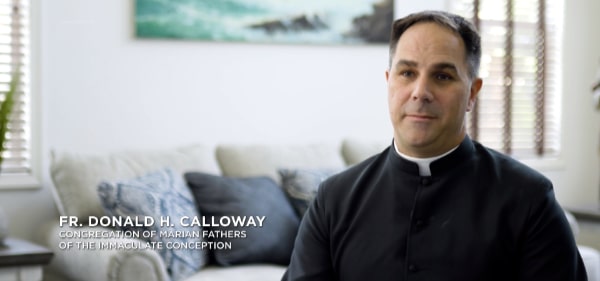
As an added bonus, audiences will have the privilege of viewing the short film, Our Liberator: Saint Joseph and the Priests of Dachau. This 30-minute film, produced by the Knights of Columbus, tells the story of the Polish priests imprisoned at the Dachau concentration camp during World War II. This particular camp housed the greatest percentage of Catholic clergy of all the camps. One of every two priests at Dachau was counted among the dead.
Particularly hated by the German soldiers, the priests, as well as other prisoners, were used as guinea pigs for the Third Reich’s science experiments. Most didn’t survive the experimentation. Despite all their mistreatment, priests were able to secretly say Mass and provide their fellow prisoners with compassion and comfort, despite the great risk to their lives.
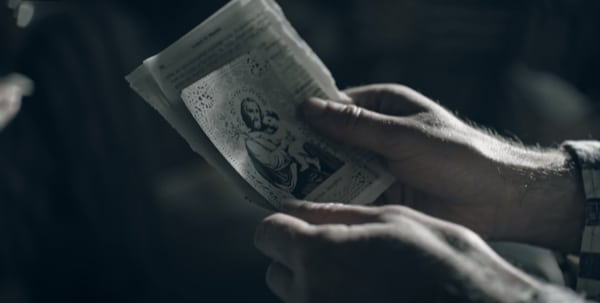
The film tells how Poland had great devotion to St. Joseph and the popularity of the shrine at Kalisz. In 1945, when it seemed that Germany was going to lose the war, it became feared that the soldiers would execute all the prisoners rather than allow them to be liberated. As a group, the priests entrusted themselves to the care of St. Joseph. They began a novena on April 14, 1945, that St. Joseph would save them. On April 22nd, the last day of the novena, they made a consecration to St. Joseph and promised him that they would make pilgrimages to the shrine in Kalisz.
Just after the novena was finished and only hours before the camp was scheduled to be destroyed, along with all the prisoners, the camp was liberated and the prisoners saved.
St. Joseph came through once again in a powerful way.
Ticket information for A Father’s Heart and Our Liberator can be found at the Fathom Events page here.



